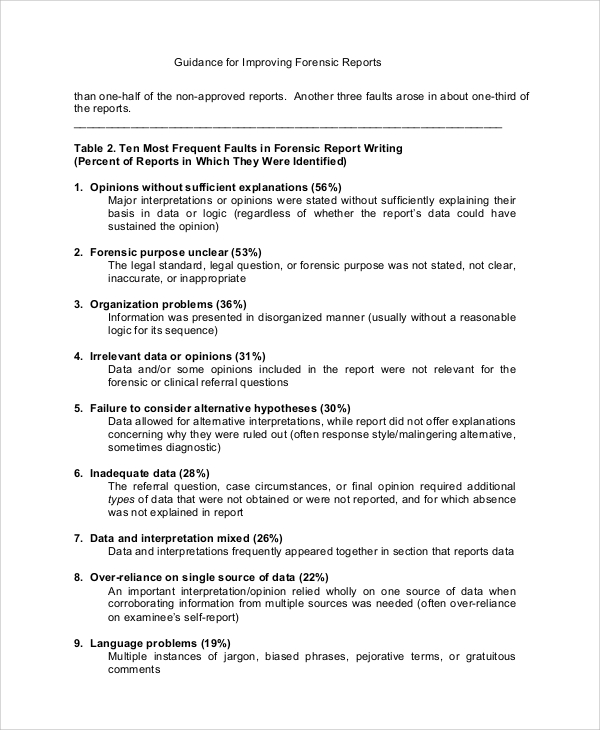

Analysisįinally, staff examines and evaluates data collected from the device to generate evidence for legal or corporate proceedings. Preservation is usually done in either physical or digital storage systems-or preferably in a smart management system that can integrate with evidence management systems. Once data is acquired, the data and device need to be securely stored until they’re needed for further investigation. That requires specialized tools and knowledge. Depending on the condition of the device and data, it may be best to take what is called a “forensic image” so you don’t have to manipulate the original copy at all. When possible, this step should be left to professionals. For example, the process for getting data off a laptop is very different from getting data off a smartphone. The exact acquisition method depends on the device in question. Next, you need to extract data from the collected device. Alter the device’s condition as little as possible while collecting. Once all of that information is recorded, you can move on to actually collecting the physical media where digital evidence is stored or was accessed. So to be safe, document everything about how the device was found, including: It won’t often be clear what contextual information is relevant to an investigation until much later. Information needs to be gathered before the digital device is even touched. Good evidence management follows a five-step process of identification, collection, acquisition, then preservation, and finally, analysis. Firstly, you need to follow a process that does more than just preserve it. Private companies can look to law enforcement for guidance on the best ways to preserve digital evidence. Now, they need robust tools to manage them together. Many law enforcement agencies and private companies already have methods for managing physical evidence and digital evidence separately. Smartphones, for example, may hold pertinent photos locally, connect to files in the cloud, and carry fingerprint or other trace evidence on the device itself. Mobile technology has blurred the line between what counts as physical and digital evidence. This is due in part to the problems mobile and Internet of Things (IoT) technology introduced into evidence management.

The demand for digital forensics is growing, with the market for such management services expected to reach $9.68 billion by 2022. Digital Evidence Is Increasingly Important Our 10-step guide will answer these questions for you. What are the most effective ways to preserve digital evidence? What do you need to know about collecting it in the first place? Are any tools available to help manage evidence? All of these companies will benefit from more systematic evidence management, but many have not yet learned the most effective processes used by law enforcement. Other companies are interested in collecting evidence to audit the effectiveness of their security programs. Good Digital Evidence Management Is a Team EffortĪn increasing number of corporate HR and IT departments find they need to manage evidence for internal investigations of data theft and acceptable use violations.10 Best Practices for Managing Digital Evidence.Digital Evidence Is Increasingly Important.


 0 kommentar(er)
0 kommentar(er)
